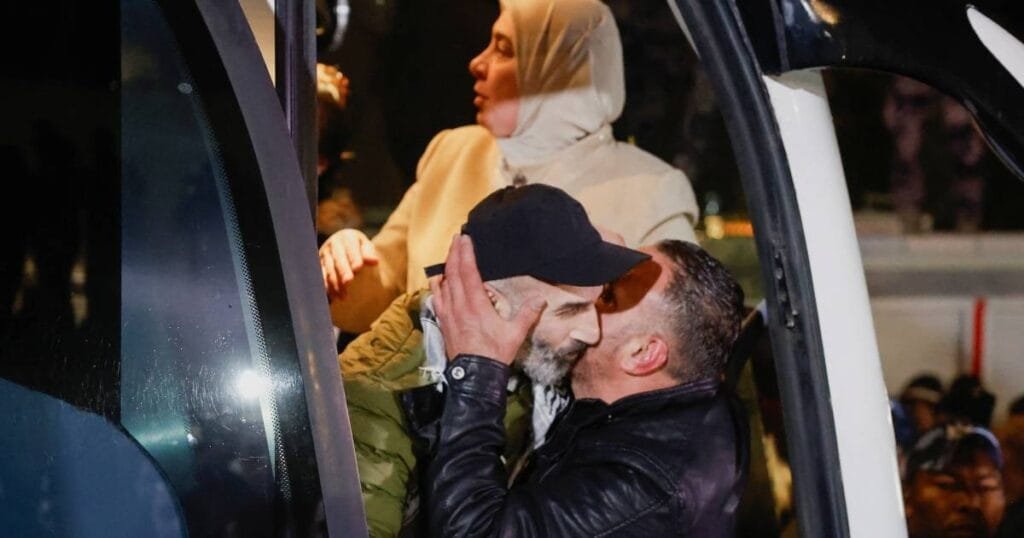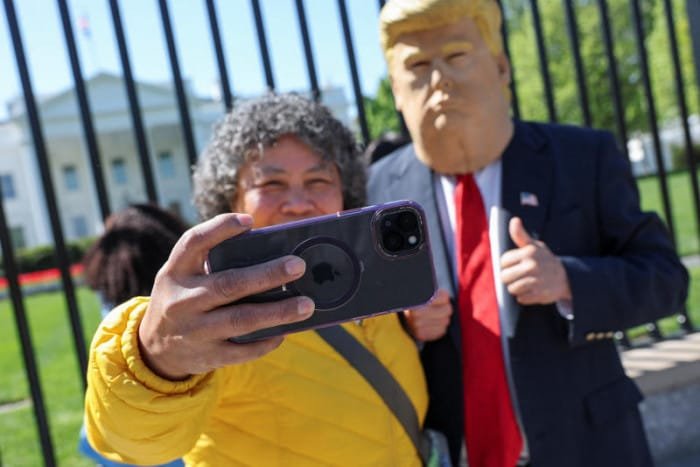Hamas Hands Over Bodies of 4 Hostages, Israel Frees Palestinian Prisoners: A Deep Dive into Global Reactions and Implications

In a world where conflict often overshadows diplomacy, recent events concerning Hamas and Israel have sparked a torrent of discussions revolving around human rights, justice, and international law. The heart-wrenching images of Hamas militants bearing arms over the lifeless bodies of four hostages juxtaposed against Israel’s decision to release Palestinian prisoners has stirred a complex web of responses. This post delves into the nuanced dimensions of these events, shedding light on international perspectives, human rights considerations, and the geopolitical fallout.
Context: The Background of the Conflict
The Israel-Palestine conflict is deeply rooted, with historical grievances tracing back over a century. Current tensions have escalated into sporadic violence, reflecting a cycle of retaliation and loss. The recent images of Hamas raising arms over the bodies of hostages have sent shockwaves through global communities, depicting what many argue to be a blatant disregard for human life.
In contrast, Israel’s decision to free Palestinian prisoners, some of whom were detained for their involvement in militant activities, has sparked discourse on justice, security, and peace. This act of releasing prisoners is viewed by some as a step towards diplomacy, while others perceive it as a compromise that undermines Israel’s security.
The Human Cost: Understanding Individual Stories
Behind every statistic and headline, there are individual stories of pain and loss. The hostages showcased in the distressing imagery serve as a stark reminder of the human cost associated with political conflicts.
- Hostage Stories: The plight of hostages often leads to widespread media coverage, which can sometimes overshadow the broader implications of their fate. Each individual represents a family in distress, a community filled with concern, and a country wrestling with its moral compass.
- Palestinian Prisoners: Similarly, the Palestinian prisoners have families and communities affected by their absence. The consequences of imprisonment ripple through their lives, often leading to a cycle of despair and resistance.
These narratives humanize the conflict, reminding us that beyond political ideologies and territorial disputes lie real people grappling with grief, loss, and hopelessness.
International Reaction: A Divergence of Perspectives
The immediate aftermath of these events has seen varied international responses, revealing the multiplicity of perspectives regarding the Israel-Palestine Hamas conflict.
- Western Nations: Generally, countries such as the United States and certain European nations have condemned the actions of Hamas, reiterating their support for Israel’s right to defend itself. Here, the discourse is often framed within the context of terrorism and national security.
- Arab Nations: In contrast, many Arab states have condemned the actions taken by Israel, characterizing the release of Palestinian prisoners as a necessary measure for peace. The release is viewed as an opportunity for dialogue and reconciliation, though skepticism remains prevalent given the historical context.
- Human Rights Organizations: Organizations like Amnesty International and Human Rights Watch have articulated their concerns over potential violations of international law as both parties navigate these painful transitions. Their advocacy highlights the need for accountability on all sides.
Political Ramifications: A Tenuous Balance
How these events influence political dialogue in the region remains to be seen. The release of Palestinian Hamas prisoners could potentially serve as a foundation for a renewed peace process, albeit a fragile one. The intricate balance between maintaining security and pursuing diplomatic resolutions is precarious.
- Negotiation Opportunities: Diplomatic avenues often emerge in the wake of such high-tension incidents. Leaders may view these challenging moments as essential turning points for initiating discussions aimed at de-escalating violence.
- Impact on Public Opinion: Public sentiment, both within Israel and among Palestinians, plays a critical role in shaping governmental policies. How citizens react to these releases or displays of violence can galvanize movements or stifle progress.
The Role of Media: Shaping Narratives
In today’s digital age, the media plays a pivotal role in shaping narratives around conflicts such as this. Social media, in particular, has empowered individuals and organizations to amplify their voices globally, influencing the discourse around controversial issues.
- Visual Impact: The power of imagery cannot be understated. Disturbing visuals of the hostages’ bodies have sparked outrage and conversations, impacting international opinion and drawing attention to the severity of the conflict.
- Disinformation Risks: Conversely, the risk of disinformation looms large. In a world where technology enables the rapid dissemination of information, it is crucial for consumers to critically evaluate sources and understand the narratives being presented.
Looking to the Future: Hope Amidst Despair?
Despite the ongoing violence and suffering, there lies a flicker of hope that through dialogue, mutual understanding, and empathy, a pathway to peace may eventually be carved out.
- Grassroots Movements: Numerous grassroots initiatives aim to foster dialogue between Israelis and Palestinians. These groups focus on shared experiences and mutual contributions to peace efforts, often sidelining political rhetoric in favor of human connection.
- Education and Awareness: Increasing awareness about the complexities on both sides of the conflict is vital. Educational platforms that shed light on the histories and perspectives of both Israelis and Palestinians can help build a more nuanced understanding of the situation.
Conclusion: A Call for Compassionate Engagement
The haunting images of violence and the stark realities of imprisonments underscore the pressing need for compassion, empathy, and understanding in discussing the Israel-Palestine Hamas conflict. While the actions of Hamas and Israel highlight the entrenched nature of this struggle, they also serve as a reminder that behind every headline, there are individuals yearning for peace and resolution.
By fostering compassion and seeking to understand the multifaceted narratives at play, we can work towards a world in which dialogue triumphs over violence and harmony prevails over discord. The path to peace may be long and fraught with challenges, but it begins with each of us—engaging thoughtfully and empathetically in discussions that matter.
Sources for Further Reading
For More Insight
Visit BizTechLive for comprehensive analyses on current world events, technologies impacting society, and the narratives shaping our global community.
This article sheds light on the human elements within a politically charged conflict, revealing the complexities that cannot be captured by statistics alone. Engage with the content, explore the sources, and join in the dialogue that strives towards understanding and, ultimately, peace.






